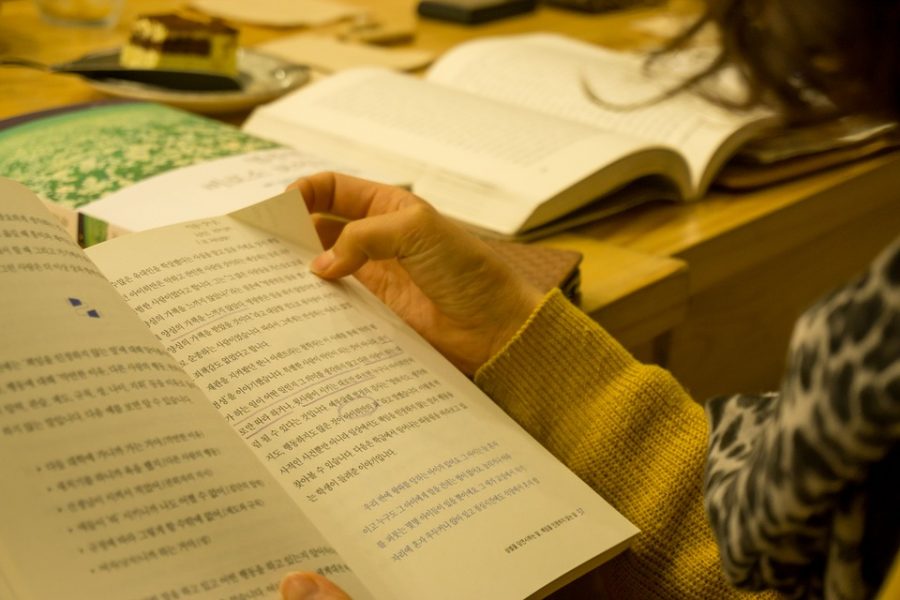Students overwhelmed with work, left without time to read
Students who once loved reading, are finding little time for it with increasing school work.
November 13, 2017
It’s no surprise that many CHS students love reading. After all, if you want to write, you have to read first. As a whole, many teenagers drop reading independently as they grow older.
A study done by Scholastic in 2013 reported a 34 percent decline from ages 9 to 17 in children who regularly read for pleasure. While it’s easy to point fingers at smartphones or computers for distracting teenagers from reading, another problem may be that high school students are too busy to find the time to read.
The stress of building a college application, maintaining grades and participating in extracurricular activities may leave teens with very little free time to read for pleasure.
Some CHS students find that homework takes up most of their day after school. Junior Vivian DeRosa of Ocean Township used to set reading goals for herself, but now finds that she is unable to due to time restraints.
“I used to try to read 52 books a year, so about a book a week, but now I can’t because by the time I’m finished with schoolwork I don’t even have enough time to sleep,” DeRosa said.
Between time to study for frequent tests and quizzes in addition to written work, some students spend hours at a time on homework. A survey done by the University of Phoenix College of Education found that ninth to 12th grade students are assigned around 17.5 hours of homework per week, approximately 3.5 hours per day. This leaves teenagers with very little spare time, especially when put together with extracurricular or after school activities which can take up a few hours by themselves.
Other CHS students do find the time to read. Freshman Charlotte Frick of Wall believes it’s possible to manage obligations in order to make time for reading.
“I have time to read because I get home, do my homework, eat dinner and then I usually have half an hour to read,” Frick said.
According to AfterschoolAlliance.org, students who read frequently are higher achievers than students who read rarely. School programs like DEAR, or Drop Everything And Read, make an attempt to allot students time during the school day for reading. At CHS, this program no longer takes place. Supervisor Kelly Harmon was on Instructional Council when the decision to include the DEAR initiative was made. She said, “a lot of research confirms that students are more motivated to engage in reading when provided the opportunity to select their own material. Unfortunately, I don’t know why DEAR was eliminated. I know that MAST includes a thirty-minute reading period every day and it has been in place for over two years.”
High school students miss out on a multitude of benefits when they stop reading for fun. While DEAR and other such programs try to allow students time for reading, it may not enough to make up for the hours schoolwork and other activities take up. Students with a passion for reading often find themselves left with too little time in the day to curl up with a book.




